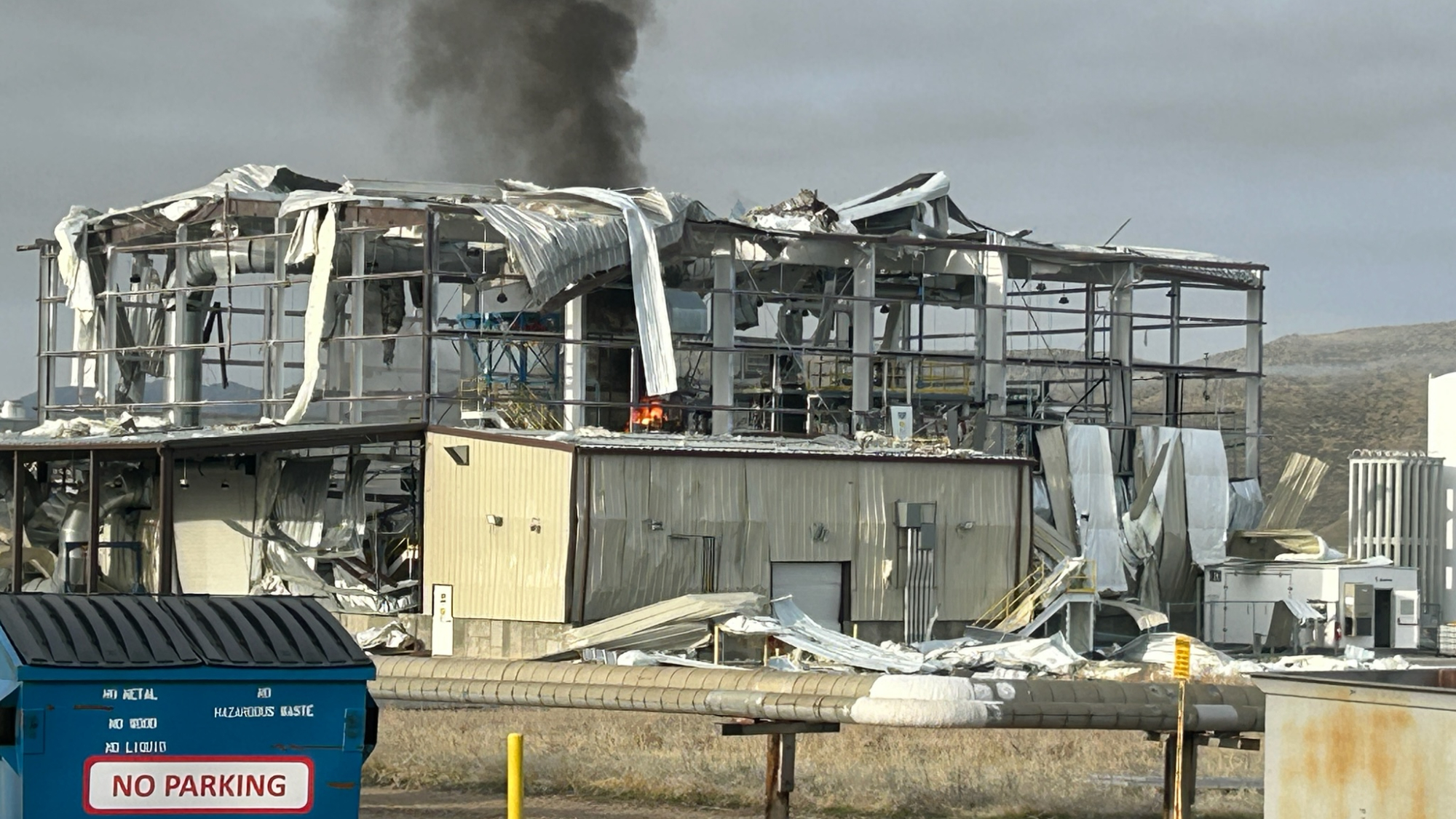Could Mars volcanoes have supported ancient life on the Red Planet? Well, maybe
NASA's Perseverance rover has revealed new clues about Mars' volcanic past.

While most people searching for signs of alien life these days might have their eyes on the exoplanet K2-18b, one team of researchers is keeping their sights a little closer to home.
Texas A&M researcher Michael Tice and a team of international scientists have revealed new clues about Mars' potential to have supported life, thanks to data collected by NASA's Perseverance rover.
Since 2021, Perseverance has been exploring Mars' Jezero Crater, using its mobile laboratory to support the work of scientists around the world. Tice and his team, in particular, have been using Perseverance to analyze Martian rocks. Their goal is to study the planet's volcanic and hydrological history, looking for indicators that Mars might have once been habitable.
Through their research, the team has discovered two types of mineral-rich volcanic rocks: a dark rock with iron, magnesium, pyroxene and plagioclase feldspar, as well as a light-toned trachyandesite with plagioclase crystals and potassium.
Simulating the formation of the rocks' minerals through thermodynamic modeling, the researchers determined that Mars has a very complex volcanic history — one that might have been able to provide the key compounds needed for life.
"The processes we see here — fractional crystallization and crustal assimilation — happen in active volcanic systems on Earth," Tice said in a statement. "It suggests that this part of Mars may have had prolonged volcanic activity, which in turn could have provided a sustained source for different compounds used by life."
As advanced as Perseverance is, its toolkit is still limited compared to what we have here on Earth, so there's only so much we can learn about samples from afar. As such, Tice looks forward to NASA's planned Mars Sample Return mission to conduct further research on the volcanic rock.
Get the Space.com Newsletter
Breaking space news, the latest updates on rocket launches, skywatching events and more!
"We’ve carefully selected these rocks because they contain clues to Mars’ past environments," Tice said. "When we get them back to Earth and can analyze them with laboratory instruments, we’ll be able to ask much more detailed questions about their history and potential biological signatures."
The team's research was published in the journal Science Advances on Jan. 24, 2025.
Join our Space Forums to keep talking space on the latest missions, night sky and more! And if you have a news tip, correction or comment, let us know at: community@space.com.

Space.com contributing writer Stefanie Waldek is a self-taught space nerd and aviation geek who is passionate about all things spaceflight and astronomy. With a background in travel and design journalism, as well as a Bachelor of Arts degree from New York University, she specializes in the budding space tourism industry and Earth-based astrotourism. In her free time, you can find her watching rocket launches or looking up at the stars, wondering what is out there. Learn more about her work at www.stefaniewaldek.com.
You must confirm your public display name before commenting
Please logout and then login again, you will then be prompted to enter your display name.









